

The Golden State of the West Coast: sunshine, bustling cities, endless beaches, unique national parks, and of course, Hollywood.
The nickname "Golden State" dates back to the California Gold Rush in the mid-18th century. California is incredibly diverse: over 1,300 kilometers of sandy ocean coastline, iconic metropolises, vast wilderness, and dazzling natural variety. There's the breathtaking Pacific Coast Highway, the famous Highway 1 that follows the western coastline, and the desert "Death Valley," the driest and hottest national park on the continent.
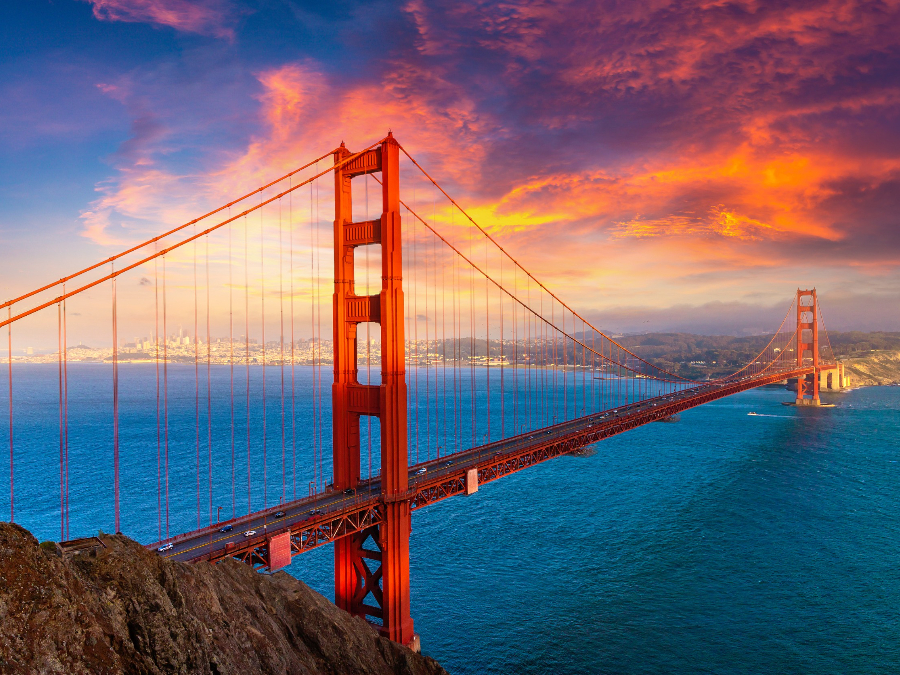
Among California's attractions, the most well-known are world-famous sights like the Golden Gate Bridge in San Francisco, the Hollywood sign on the side of Mount Lee, and massive national parks such as Yosemite. The cityscapes and buildings are familiar to many of us from movies and TV shows, but beyond the sun-drenched beaches, you'll also find top-tier ski resorts in this U.S. state that's more than three times the size of England. Here are 14+1 surprising facts to follow!
1. A bit of geography: if California were an independent country, it would rank as the fifth largest economy in the world. California is what's known as a "minority-majority state" — nearly 60 percent of its population is Asian, Latin American, Native American, or belongs to other ethnic groups. About a quarter of Californians were born outside the United States. One in every eight Americans lives in California. Nearly half of the state's population resides in and around Los Angeles, an area roughly equivalent to a quarter of the size of southern England. No wonder life without a car is almost unimaginable here.
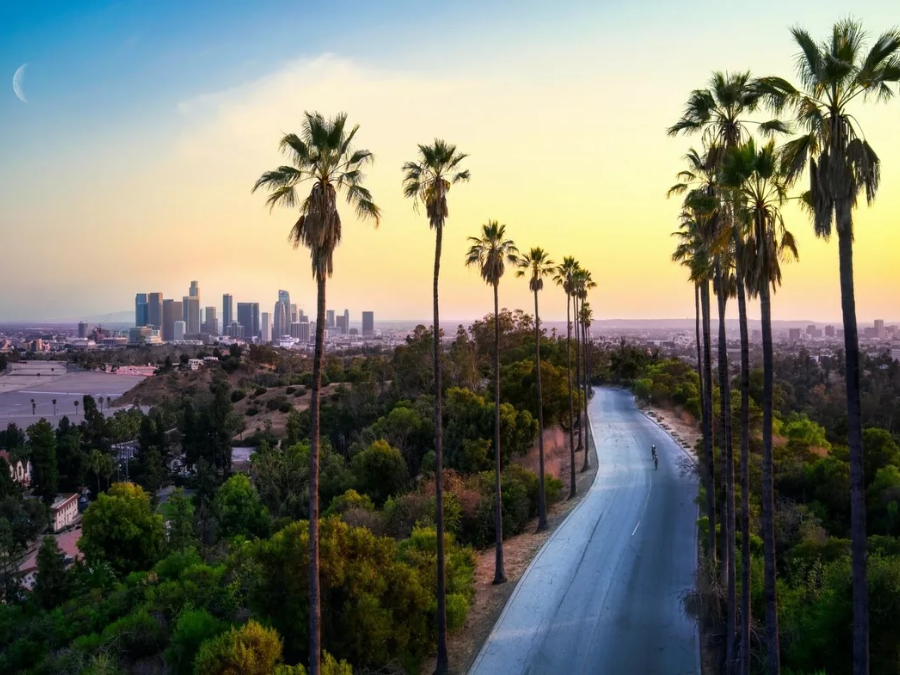
2. California is the only U.S. state that has hosted both the Summer and Winter Olympics — Los Angeles in 1984 and Squaw Valley in 1960 — and in 2028, L.A. will once again be the host city.
3. Around 500,000 seismic tremors are recorded in California each year. While most of them are barely noticeable, some believe that a massive earthquake could strike at any time along the San Andreas Fault—one so powerful it could split California and partially sink it into the ocean...

4. Thanks to California’s sun-soaked hills, the state is responsible for about 90 percent of all U.S. wine production. The Napa Valley, located north of the San Pablo Bay and blessed with a Mediterranean climate, offers ideal conditions for grape varieties like Chardonnay, Sauvignon Blanc, Zinfandel, and Cabernet Sauvignon. The latter two are typically aged in oak barrels to produce exceptional wines.
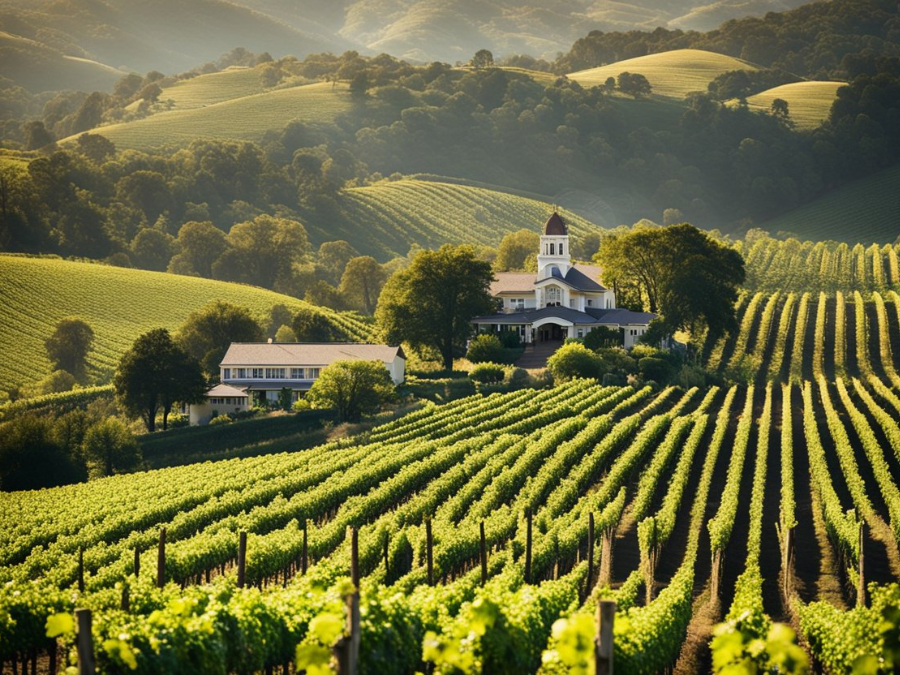
Surprisingly, the famous California wine industry and culture can be credited to a European traveler. Over a century and a half ago, Ágoston Haraszthy frequently visited the San Francisco Bay area, searching for suitable wine-growing regions. In 1857, he arrived in the Sonoma Valley, where he established a vineyard on 226 hectares of land. The winery he founded, which is still active today, was named Buena Vista. (He also took the title of Count of Buena Vista.) Haraszthy was convinced that this region could produce grapes of such quality that local farmers could compete with the finest European wines. In 1861, he visited Europe and returned to California with more than 300 grape varieties.
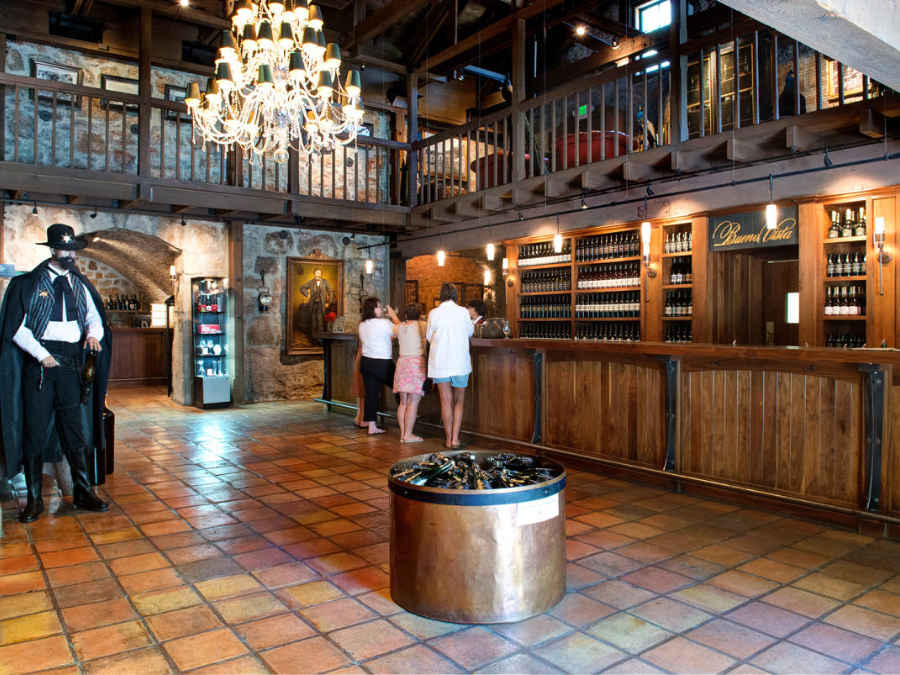
In an instant, his grapes and red wine became the most famous and popular. In March 1850, he was elected the first sheriff of San Diego County. A year later, he was elected to the California State Assembly as the region's first representative.
5. Can you speak Californian? Californian English is not a problem for Europeans learning English in school, but it has some distinctive features that set it apart from other American accents, and language-sensitive people can easily notice them. Californian English has many unique expressions and linguistic traits. Current typical California slang includes words like "gnarly" ("rough"), "hella" ("very"), "stoked" ("excited"), "legit" ("real"), "for real" ("serious"), "butthurt" ("unjustified irritation"), and "industry" ("the Hollywood film and television business"). A peculiar aspect of Californian speech is the overuse of expressions like "kind of" and "like" ("she has kind of like a schoolgirl crush on him"), and declarative sentences are often finished with a rising intonation, similar to question sentences, which has now spread across the entire country.
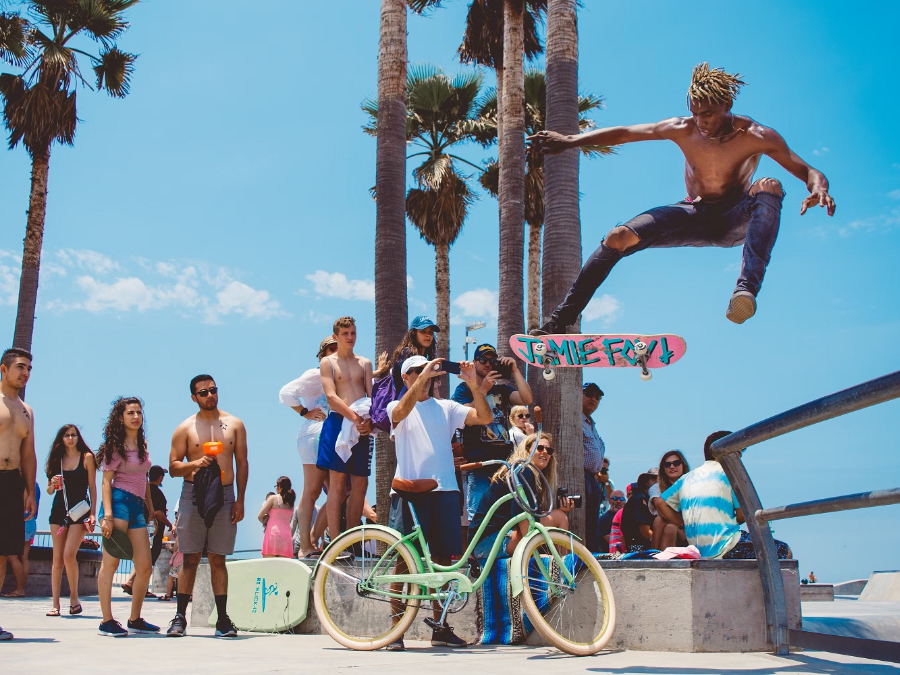
California has more linguistic diversity than any other state: many of its residents speak 16 different languages as their native tongue, in addition to English. Nearly 26 percent of Californians are native Spanish speakers, and another 6 percent speak Asian languages (e.g., Chinese, Korean, Vietnamese), which are especially common around the San Francisco Bay Area.
6. Heat tourists in Death Valley. In the easternmost part of California, 400 kilometers from Los Angeles, lies Death Valley National Park, the lowest point in North America and one of the hottest places on Earth. At the Furnace Creek Visitor Center, a large display shows the current temperature. Summer temperatures of 52°C (126°F) are common, and the record temperature was measured here in July 1913 — an astonishing 56.6°C (134°F). Unbearable? Yes, but for many, getting a selfie here is a bucket list item...

7. About 75 percent of the world's almond production comes from California, and it also grows the most strawberries in the world — over 1 million tons annually. Both are highly water-intensive crops, and due to the changing climate, their cultivation is becoming an increasingly bigger challenge.
8. Austrian bodybuilder and movie star Arnold Schwarzenegger served as California's governor from 2003 to 2011. He pushed for action against global warming but also accumulated a $28 billion deficit, ultimately resigning. To his credit, during his time in office, he did not accept the annual $175,000 salary that came with the governorship.
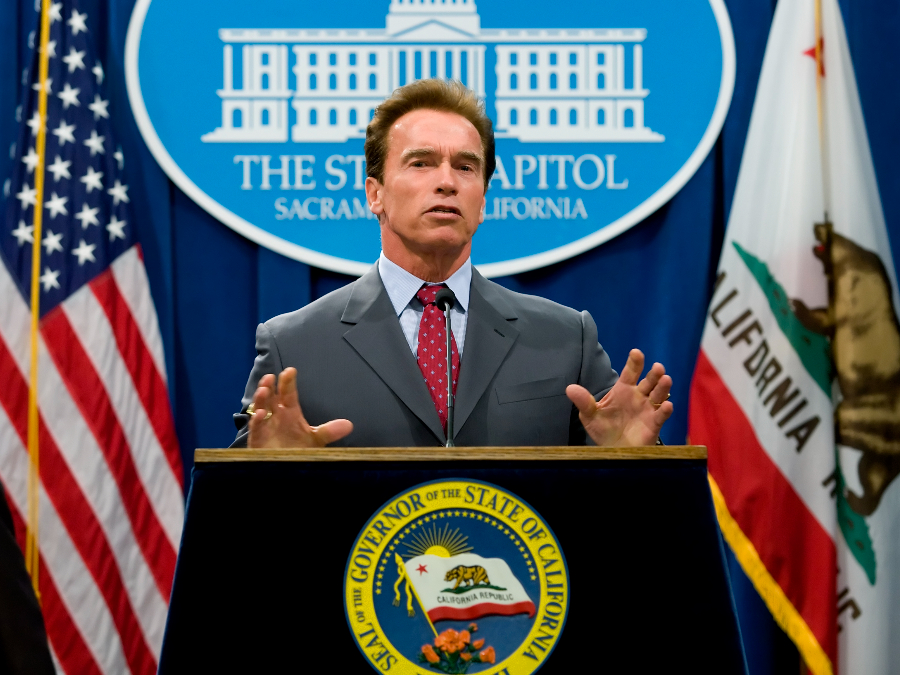
9. Many of California's coastal trading posts were founded by the famous Russian explorer Vitus Bering, after whom the Bering Sea was named. The Russian Empire lacked the resources to maintain such distant territories, so the settlers eventually returned home.
10. The California Republic, also known as the "Bear Flag Republic," was a breakaway state that governed a region north of San Francisco for 25 days in 1846, in what is now Sonoma County and its surrounding areas. The experiment ended with the arrival of the U.S. Army, but the bear has remained on the state's official flag ever since.
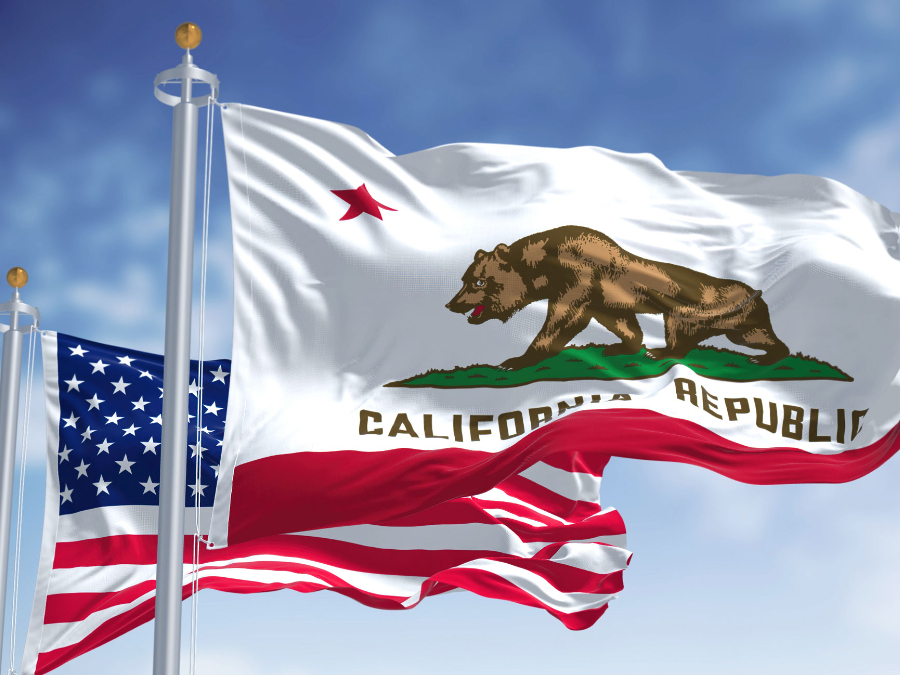
11. One of the state's most unique corners is Vandenberg Air Force Base, the United States' western spaceport. The complex, spanning 403 square kilometers, currently has 16 launch pads and a nearly 5 km runway. Established in 1941, the base now sees SpaceX rockets, Elon Musk's space company, launch almost weekly. Vandenberg was previously a missile test center and an Air Force base. From here, one of the U.S. Army's most secretive developments, the X-37B, also launches. This spacecraft can orbit Earth for up to 270 days and is sent into space for unspecified tasks. It is the first American space shuttle to be piloted by a robot. The spaceport is currently off-limits to the public or can only be visited with special permission. However, the nearby small town of Lompoc offers several observation points for those wanting to see launches and returning units land live.
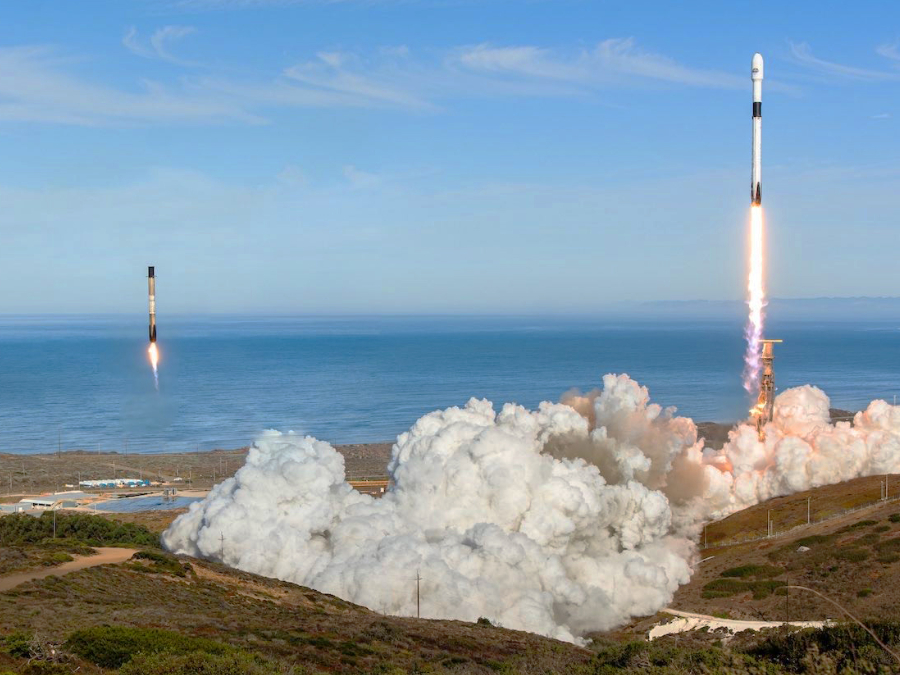
12. In San Francisco, we find the United States' first fully autonomous robotaxi service. Waymo, originally developed as part of Google, became an independent company ten years ago. After many years and millions of test miles, Waymo became the first company in the U.S. to offer a fully driverless taxi service — meaning no safety or backup driver at the wheel — starting in October 2020. Today, driverless cars have become a common sight on the streets of San Francisco, and according to statistics, they are twice as safe as human-driven vehicles.
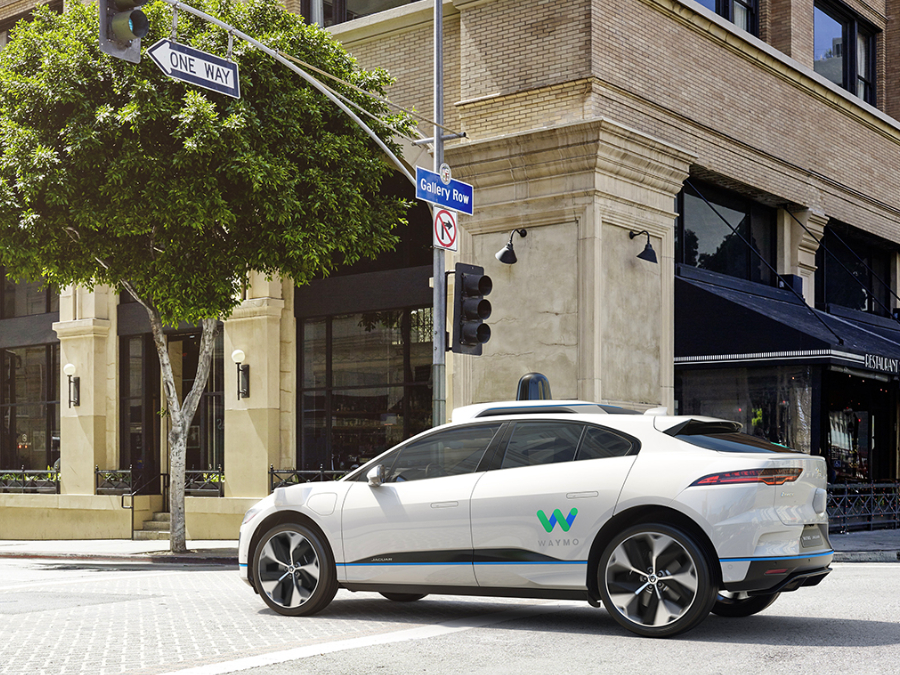
13. One of the most unique attractions is the USS Midway aircraft carrier, anchored in San Diego, California’s southwesternmost city. To truly understand why everything is bigger in America, you only need to see this 296-meter-long floating city. Touring the deck levels offers a glimpse into the daily life of the ship's former crew, and you can get up close to the world of Top Gun with fighter jets and combat helicopters.
14. The Hollywood Walk of Fame is where fame and glamour meet. On this star-studded street, you can follow in the footsteps of famous individuals who have captured the world’s attention as former or current icons of the entertainment industry. The Walk features the names of creators from film, television, radio, music, and theater. Stars of icons like Walt Disney, Roger Moore, Elizabeth Taylor, Mickey Mouse, John Lennon, and Snoop Dogg — who became globally famous for his distinctive voice and appearance as one of the biggest icons in West Coast hip-hop — can be found here. The first star was placed on February 9, 1960, in honor of Oscar-winning actress Joanne Woodward. This marked the beginning of a 65-year tradition, and today, over 2,750 stars.

+1. The famous Hollywood sign elements are about 14 meters high and together stretch 137 meters in length. The 220-ton structure originally had nothing to do with the film industry; in 1923, when a real estate company erected it for $21,000 (at the time’s value), it was advertising a subdivision in what was then a desolate and undeveloped area.

The letters are made of white metal plates, which were attached to a wooden framework made from old telephone poles, pipes, and wires, and illuminated with 4,000 light bulbs. Originally, the sign read "Hollywoodland" at the top of the hill, but in 1949, the last four letters were taken down.